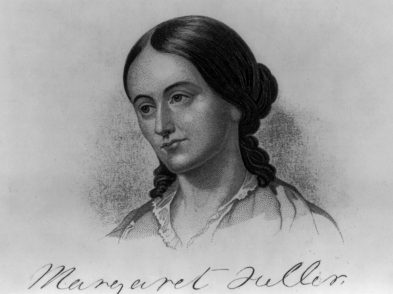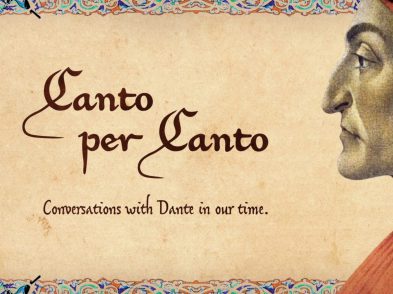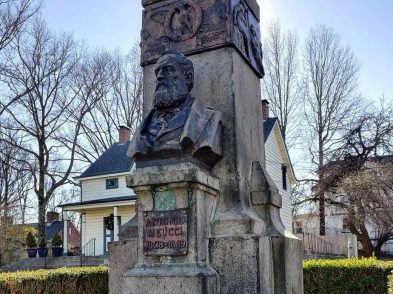While watching season two of “Medici: Masters of Florence”, consider this: one should not assume magnificence, even if historical legacy does.
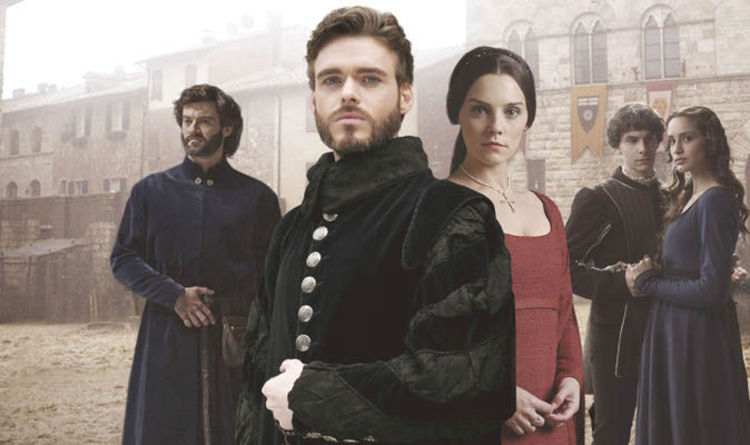
Lorenzo the Magnificent was born in 1449 to shocking privilege. Like his father Piero, Lorenzo was the chosen heir to Medici power. The greatness of this complex man is defined by his duality. He was a lover and a fighter, a peacekeeper and a war hawk, and charitable while being gluttonous. Lorenzo struggled with external and internal demons, but he navigated those challenges to achieve magnificence. Something that not all Medici did.
Lorenzo is celebrated as a patron of the arts who was willing to use his deep pockets to promote even the most radical humanistic cultural production. But, even more so, it was skilled diplomacy—his agile ability to keep the peace in a volatile political reality—that solidified his legacy. Young Lorenzo is shown to have a personal aversion to war, while, in reality, merchants and bankers needed stability to survive. The Venetians accomplished this with exceptional grace, but in this season of “Medici: Masters of Florence” we cannot forget the efforts of the Florentines.
At the core of the narrative is Lorenzo’s coming of age as Medici success is once again forged in fire. In a series whose appeal derives from the fascination audiences have with political intrigue that begets violence, a quiet scene stands as a notable reprieve. Young Lorenzo is told by his grandmother, Contessina, that the Magi adorning the chapel in Palazzo Medici Riccardi are Medici, and that he leads them all. Primogeniture can be a road riddled with hardships because there was no certainty that Lorenzo would have the constitution for the role he was born to fill. The notion of a processional is also fitting because this season’s drama presents a cast of characters that are historical heavyweights. Like in the first season, creative liberty creates a line-up far removed from their historical counterparts.
Giuliano de’ Medici: more famous in death than in life
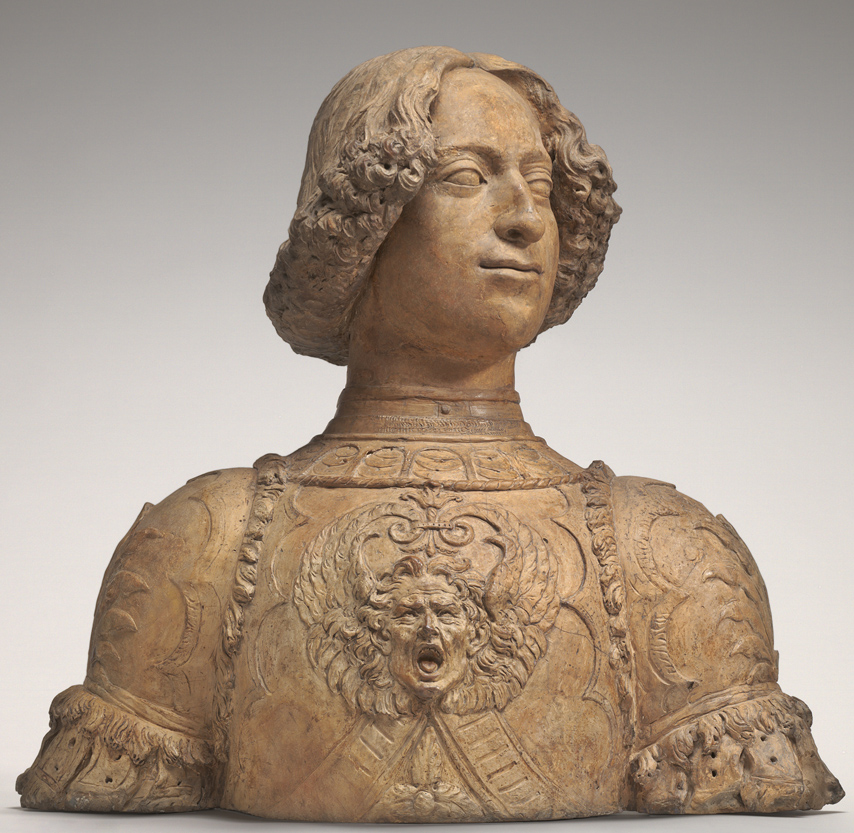
Andrea del Verrocchio (Italian, 1435 – 1488 ), Giuliano de’ Medici, c. 1475/1478, terracotta, Andrew W. Mellon Collection
Giuliano de’ Medici, Lorenzo’s younger brother, is remembered more for the circumstances of his death than those of his life. He is presented as stubborn and quick to ignite into rage. While this is fictional, it sets Lorenzo apart as a more capable heir. Here Giuliano feels like the odd man out, when they were co-rulers who lived in a society in which the ascension of the older brother was a fundamental reality of life. Surprisingly, there is no mention of him fathering an illegitimate son who would become Pope Clement VII. Rather, this Giuliano has an affair with the striking beauty Simonetta Vespucci who inspired the most graceful paintings of Botticelli. There is no evidence to suggest that his chivalric interest was anything other than plutonic, but her youthful death makes for a dramatic imagined affair. It may be a series that focuses on Medici magnificence, but these brothers are foolish louses when it comes to bedding the wives of the aristocracy who need no further reasons to despise them.
Sandro Botticelli: creative license
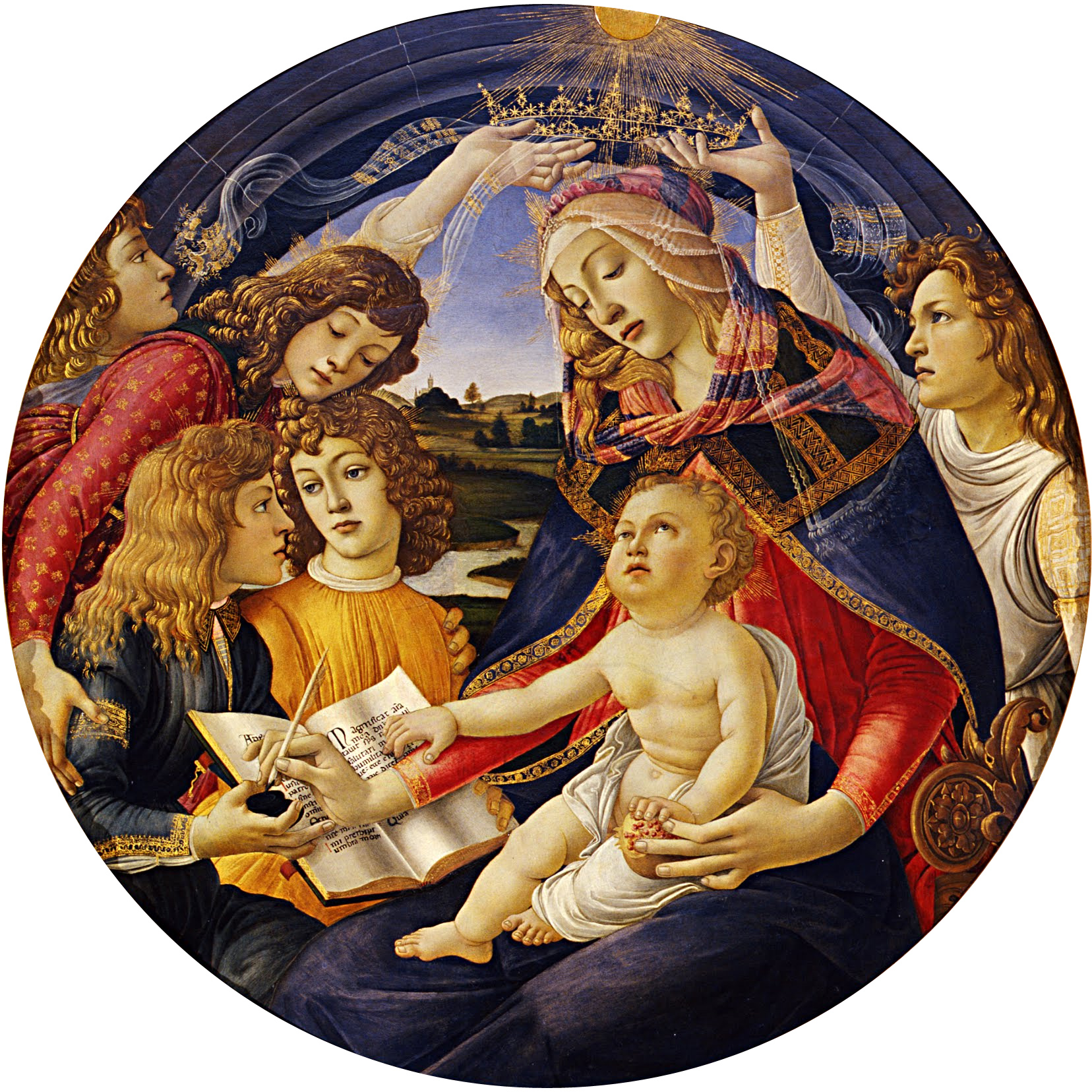
Botticelli’s “Madonna of the Magnificat” shows Lucrezia de’ Medici as the Madonna surrounded by her children, with Lorenzo holding a pot of ink
Much liberty is also taken with Sandro Botticelli. A dominant presence as Lorenzo’s most loyal friend and companion, their client-patron relationship proved mutually respectful and beneficial, but placing Botticelli at the table in the Priori as Lorenzo and Giuliano defend themselves against the Pazzi is a striking overstep (as is Botticelli accompanying Lorenzo to tell the Duke of Milan not to invade Florence). Botticelli shines a spotlight on this series’ continued art historical foibles. His Fortitude was not yet completed in 1469, and yet it hangs prominently in the Medici kitchen—it would have hung at the Tribunale di Mercanzia, where disputes were negotiated between the Florentine merchants and the guilds. Maybe more telling is that some historians wonder if Lucrezia Donati inspired this work, just as they muse about the nature of the relationship between Lucrezia and Lorenzo. In this series, the placement of her image looks over Lorenzo as he makes decisions, even when he isn’t in her arms.
Love and war
Love and war reign supreme this season. Gian Galeazzo Sforza is framed as a general who is so power hungry that he comes across as barbarous. The Sforza, whose family crest is dominated by serpents, are almost as slippery as the Pazzi. Milan looks ominous and inhospitable and we are presented with a Sforza duke actually eating gold. A general for hire, he offers a juxtaposition to Lorenzo’s heartfelt devotion to the arts. Another illustration of this supposed barbary is seeing Caterina Sforza being married when it is said that she is 12. In reality she was 10, but the legal age of marriage was 14, therefore history implies that the marriage was not consummated.
It is hard for a historian to consider the significance of the dialogue when the Gonzaga horses painted in Mantua half a century later find themselves as the backdrop to this conversation in Milan.
Because this Galeazzo Sforza is depicted with few redeeming qualities, his murder is par the course. While it is conjecture to suggest that the Medici orchestrated his demise, his death certainly did feed the plot against the Medici.
Pazzi: ultimate villains
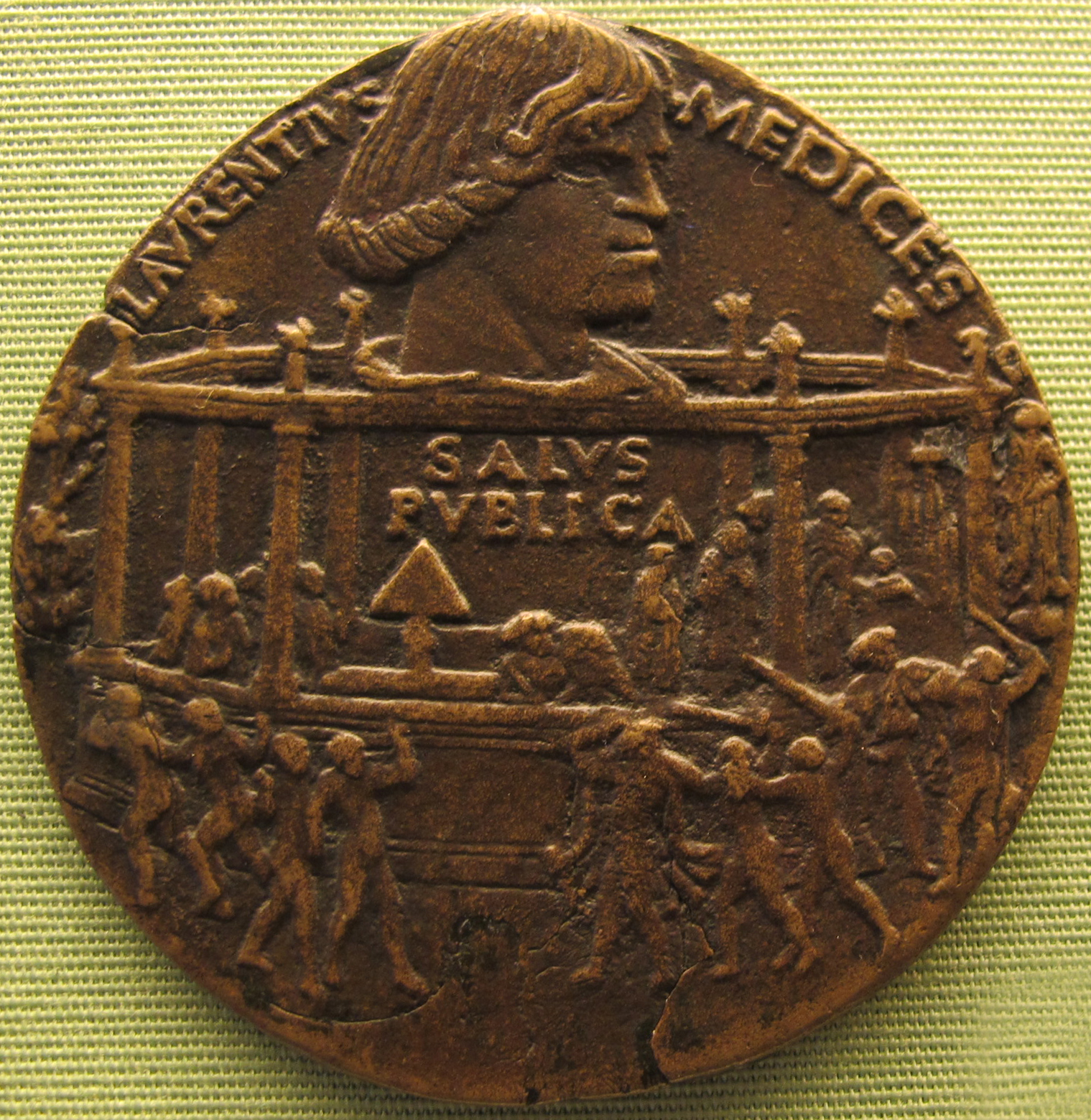
Bronze medal by Bertoldo di Giovanni (1478), with a portrait of Lorenzo and a depiction of the assassination attempt in the Duomo
The Pazzi are the ultimate villains in this narrative, occupying murky medieval spaces that highlight the traditional mentality that the aristocracy should rule. Lorenzo faces countless threats from abroad, but none prove more relentless than that of Jacopo Pazzi. This is largely true. The enemy that held the most power to dismantle Medici dominance in Florence was internal. The Pazzi hatred was impossible for Lorenzo to temper; as his influence grew, so did the Pazzi discontent. Because this series displays a gentle Lorenzo, the Pazzi obsession with Medici demise comes across as obsessive. A marriage, fictionalized to be based on love, helps to soften the opposing family. Bianca, Lorenzo’s sister, is forbidden to marry a Pazzi, but her brother allows it after they run off together. Historical fact states that it was an arranged marriage brokered as a failed effort to finish the feud.
Medici women: present and absent
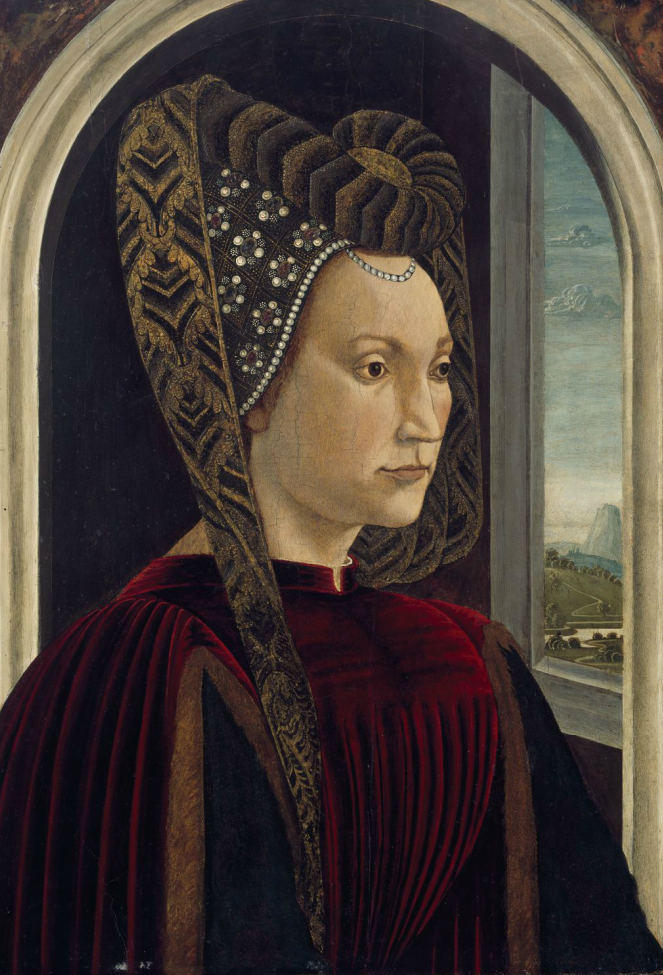
Clarice Orsini de’ Medici, Domenico Ghirlandaio, National Gallery of Ireland
“Medici: The Magnificent” shows Lorenzo and Giuliano’s as only having one sister, Bianca—they had three. While his other siblings remained uncast, his mother Lucrezia features heavily, as the woman who impacted Lorenzo’s decisions most deeply. Did she sit in the Priori’s audience? No, absolutely not. Did she have his ear and a clear and nuanced understanding of politics, yes. Far less symbiotic was the relationship Lorenzo had with his wife, Clarice di Orsini. Lucrezia arranged this marriage as an alliance to Rome. The awkwardness that politically arranged marriage presents to a modern audience is consistently difficult for the series to navigate. Maybe because of this, we are given a Lorenzo who is kinder to Clarice than the person historians see. In her letters, she asked him continuously for a relationship like the one portrayed here.
Untangling the papacy
Another challenge is untangling the papal entanglements needed to explain why Pope Sixtus IV supported the Pazzi. The historical papacy is endlessly pulled between the secular and sacred sphere. Sixtus might be the vicar of Christ, but he has bank accounts in Florence and worries that the Medici might align with Milan and Venice to starve the papacy of power. Supporting a plot against them, while a tremendous risk, was done with the hope that a Pazzi ascension would present a political advantage.
The Pazzi conspiracy
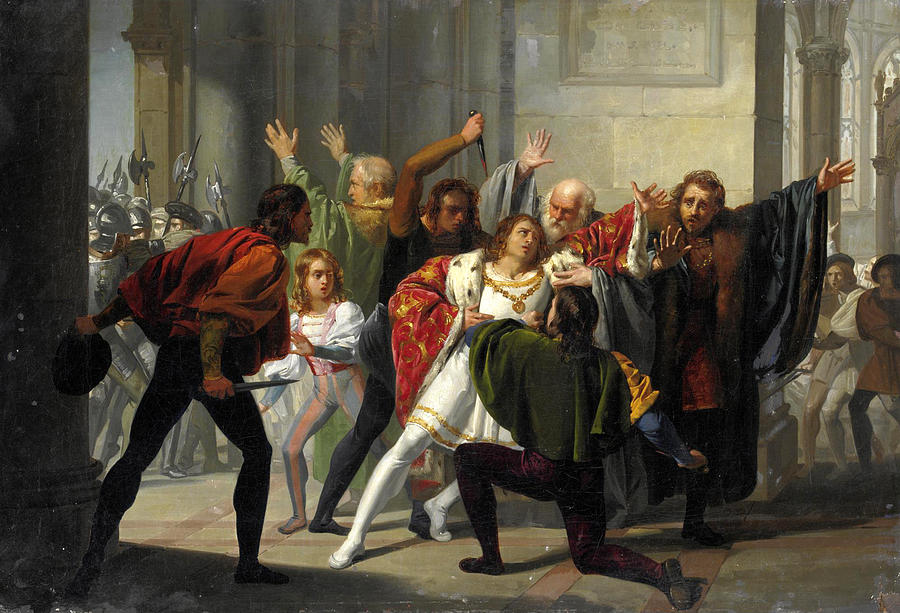
The plot against the Medici was long in coming, but the event itself was explosive. The only reason it hasn’t entered into our popular imagination, like the Ides of March, is that Lorenzo survived. In a Caesar-like presentation of events, Francesco Pazzi is manufactured as a Brutus, a friend that Lorenzo mistakenly trusted, while the blond Giuliano is the loyal but untrusting Mark Antony. The sanctity of the space is the most striking aspect of the moral complexities. Inviolability depends on the eye of the beholder, but the series makes an argument for the moral bankruptcy of the Pazzi, who would dare attack the Medici on Easter, the holiest day of the year, in Florence Cathedral while the raising the host sent everyone’s eyes downward into prayer. The scene is effectively dramatic, made even more so because Clarice and Lucrezia escape to the sacristy with Lorenzo, who is bleeding from the neck, as Giuliano lays dying on the cathedral floor. The chaos in the streets was real. The threat of a papal army sent Florence reeling.
Lorenzo’s rage is striking in comparison to his behavior up until this point. The Florentine mob did sway, only rallying behind the Medici when they learned that Lorenzo was still alive. Lorenzo murdered those who would have murdered him with the same shocking speed that he effectively placed his foot on the neck of the papacy. While Pazzi pride rested on their aristocratic privilege, their hanging was a death reserved for commoners. In striking juxtaposition to this brutality, in the final scene of the season we are left to consider the serenity of Botticelli’s Primavera and the promise that spring will come to a Florence under Lorenzo’s thumb.
The historical reality is that it is easy to see the promise of a golden age when the golden age is no more. Florence, and all of Italy, would be thrown into war when Lorenzo’s son Piero was unable to fill his shoes following his untimely death in 1492. Magnificence in hindsight may become clearer after season three.


